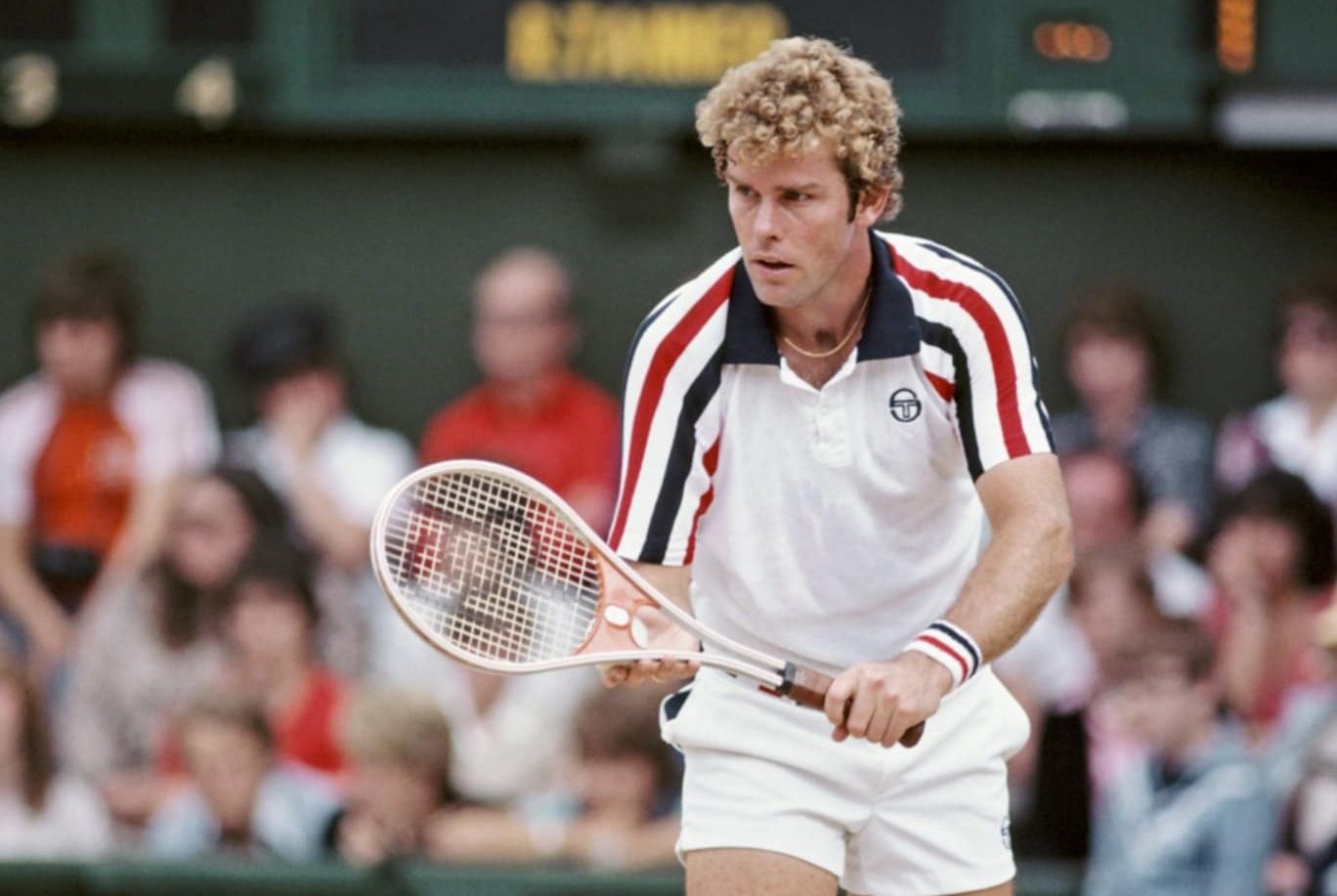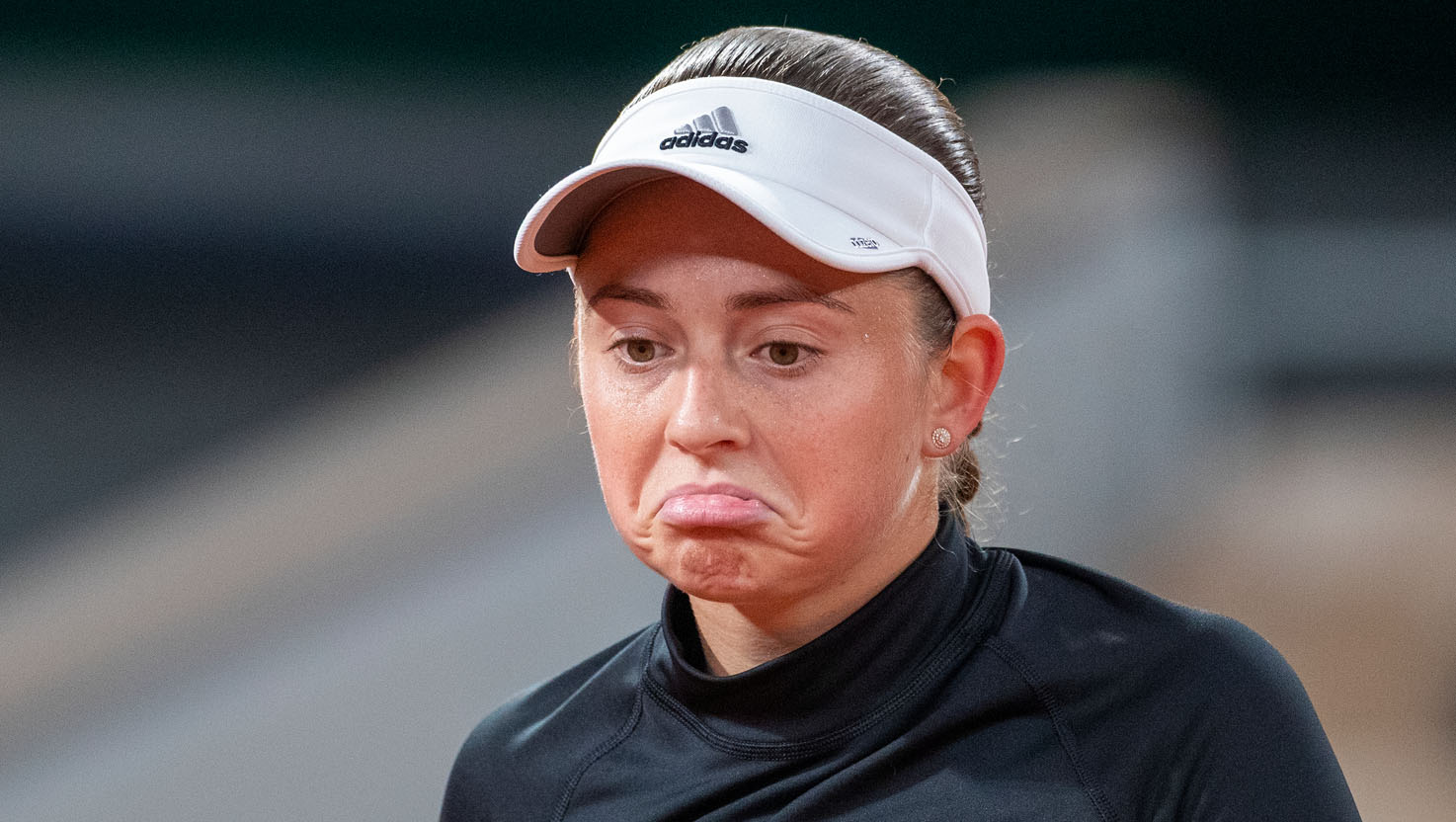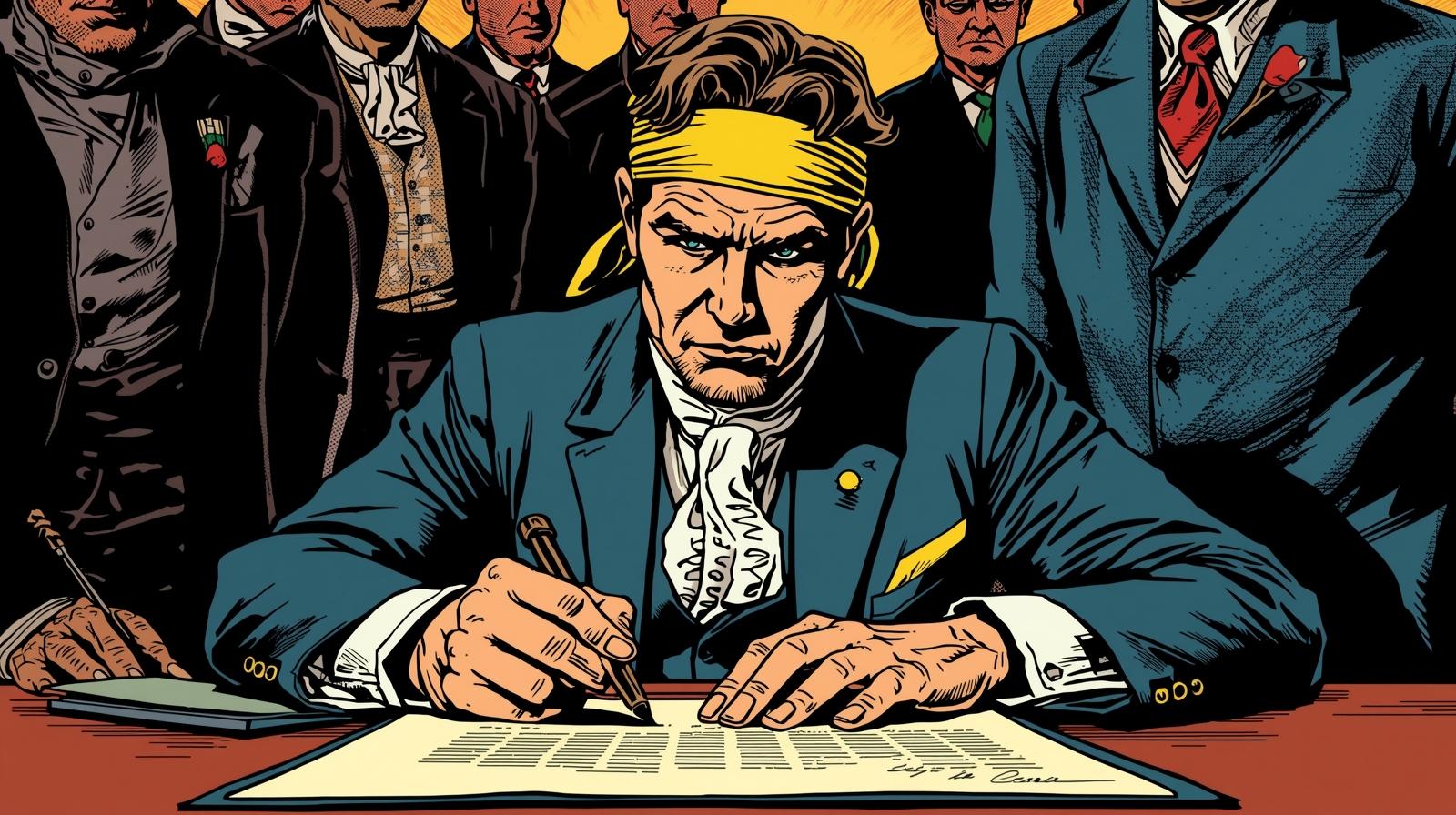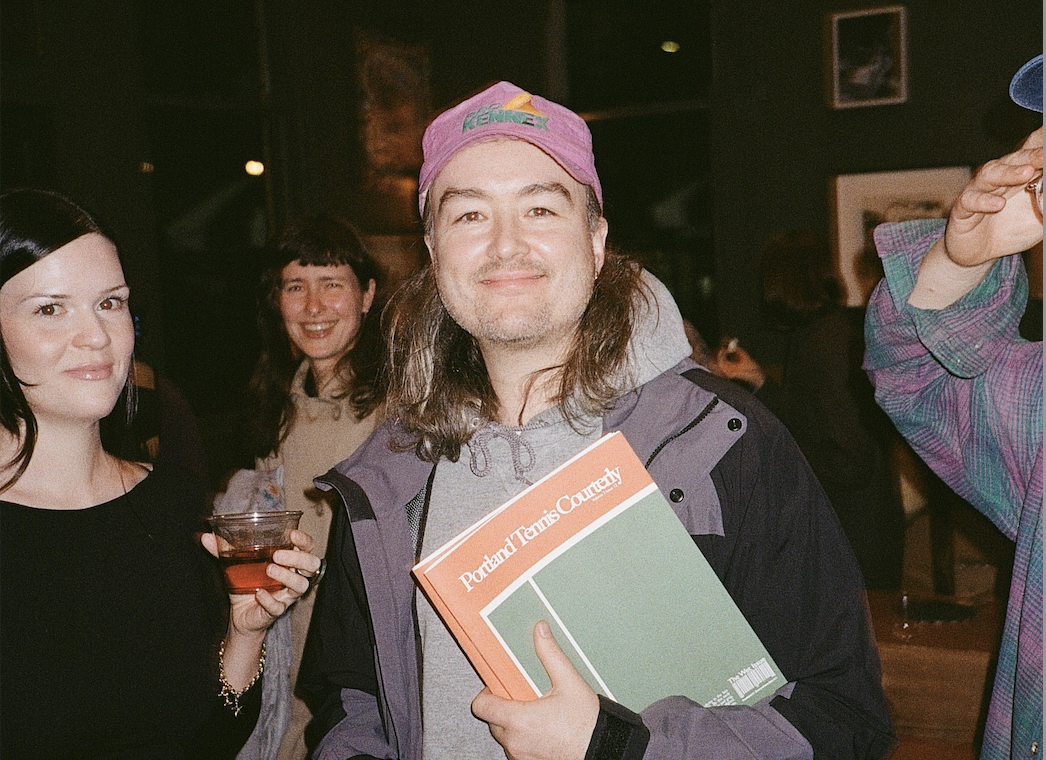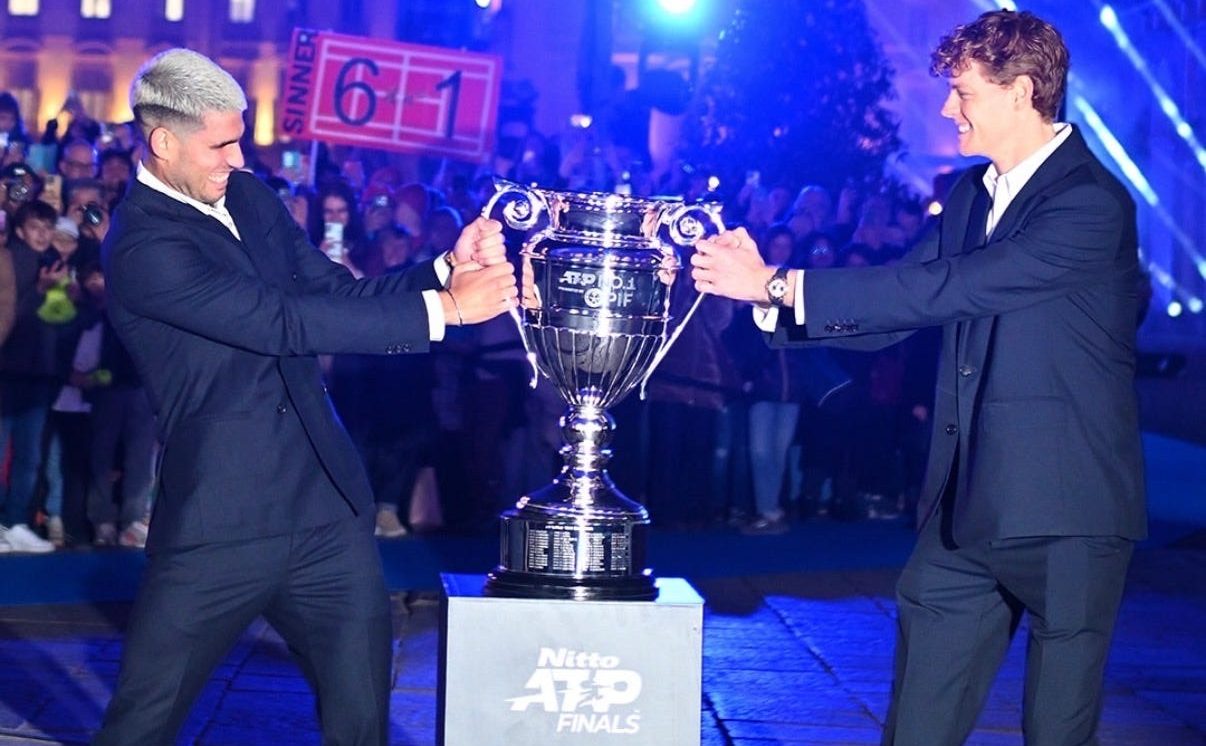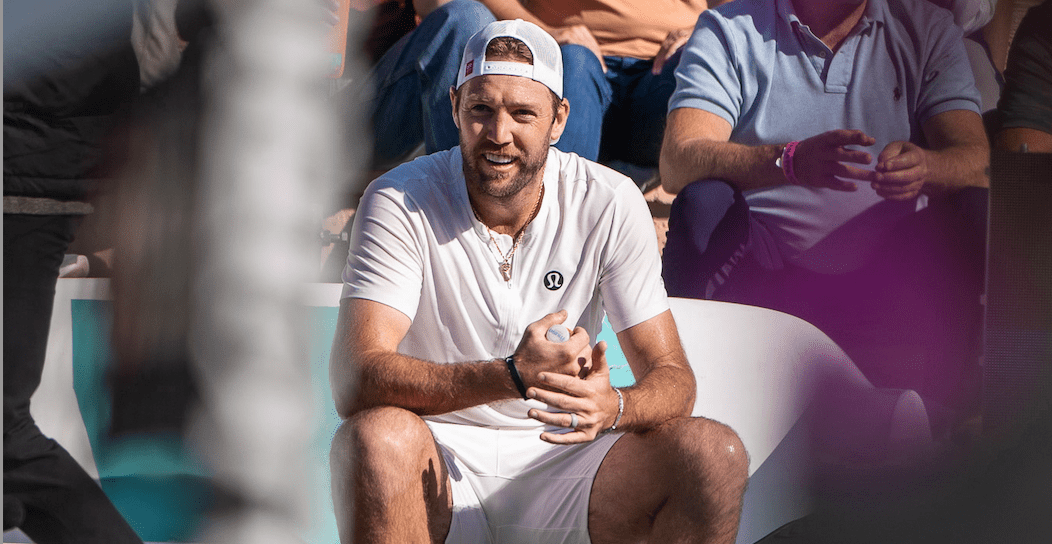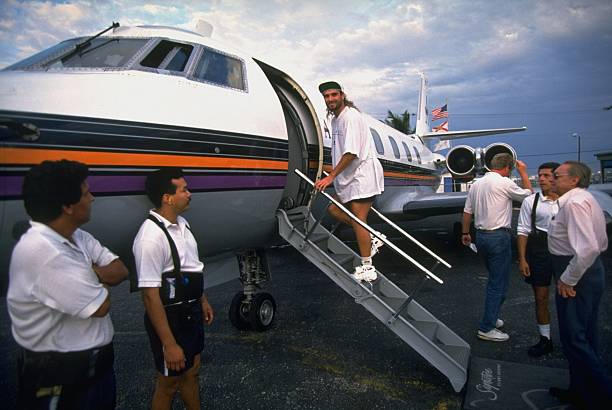Racquet: First of all I have to tell you that I’ve had some boyfriends whose dads would be FREAKING OUT about this interview. You were very popular with guys of a certain age who played tennis.
RT: [Laughing] I’m happy to hear that.
Racquet: Tennis is constantly trying to recreate the era during which you played, style-wise and glamor-wise. Did you have any idea that you were living through a golden age?
RT: I did know that I was in an age of great players. I didn’t know they were going to be the greatest players ever, however. It was a wonderful time in tennis; the guys I practiced with on a daily basis—Ashe, Borg, Connors—were some of the greatest players in history. We were earning good money, but not money you could live the rest of your life on. We were accessible to the public; we’d be out to dinner, and people could walk up to us and talk. Also, we knew each other. We’d go out to dinner with reporters. We’d stay in the tournament hotel with all the other players. And I got to be around all those guys.
Racquet: Your serve was clocked at 153 mph in 1978. Using today’s equipment, how fast do you think your serve would have been at your peak?
RT: I don’t think it would be faster. I was involved with [the maker of my racquets]; I know about development and speeds. Bigger-headed racquets are not faster; the wide string beds slow the head of the racquet, so actually smaller is faster. And they used to be head-heavy, which goes through the ball faster.
We used the same radar gun back then; the same tech then as now. Now, it picks up the speed of the ball off the racquet. But back then, it was recording the speed over the net. Which apparently means mine was actually 15% faster than the recorded speed. [That would make Tanner’s serve an eye-watering 175 mph off the racquet-WL]
Racquet: [Legendary Stanford coach] Dick Gould said that your confidence was your greatest strength and your greatest weakness. That what made you believe you could win, made you believe you could get out of any scrape. Would you agree?
RT: I’d have to say in one sense yes. When I played I was very nervous—Arthur Ashe always told me to embrace the nerves. But all through high school and college and pros, I always believed that I could win; I told reporters I wouldn’t walk on the court if I didn’t think we could win.
I agree that it’s also a weakness, but not because I thought I could get out of any scrape. It’s because I always said “yes” to whatever was asked of me. I have had to learn to say “no.” I’m saying “no” to people who are used to me saying “yes,” and they get mad. I never should have done that; some people learn that real easy, and some need to be hit in the head. I needed to be hit over the head.
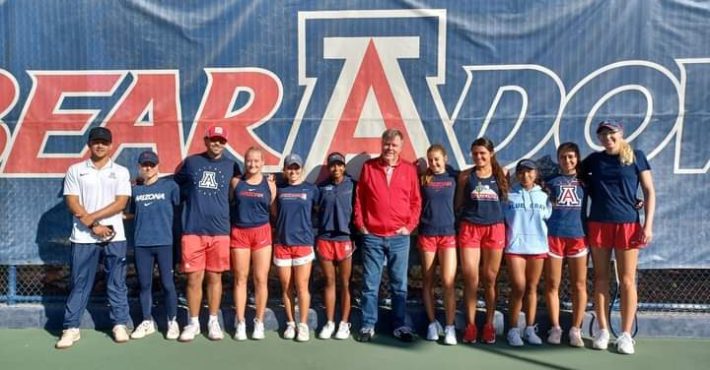
Racquet: Which current player most resembles your style of play?
RT: [French player, no. 61] Terence Atmane. That lefty serve. I was watching him play, and I noticed he was serving similarly to me. So I watched his match and tried to get inside his head to see if he served to where I would have served. And he did. I’m intrigued by that.
Racquet: What has the game lost, now that so few players serve and volley?
RT: I watch players practice now, and it’s 55 minutes of baseline, five minutes of volleys. Even the top players; they hit a good-looking volley, but it hits the baseline, which is where the other guy is.
Not that they all play alike, but they all play similar. When you’re watching a match, it’s the same point over and over again. One person whose game screams “come into net” is Ben Shelton. He has a monster serve, but then he stays back on the baseline. He should be coming in behind that serve. Those returns are coming back at him hard, shoulder-high; he should be cutting those off.
I like what Tommy Paul is doing; he comes into net more than the other guys. Maxime Cressy used the serve-and-volley really well at first: other guys hated it. Medvedev was griping. He was coming in on everything. Then he stopped; I don’t know if that was the coaching, but he stopped coming in automatically, and I think that was a mistake. [Coach Pancho] Gonzalez always told me: come into net on the first or second shot; not fourth or fifth, because by then Borg will be settled. Cressy started waiting too long.
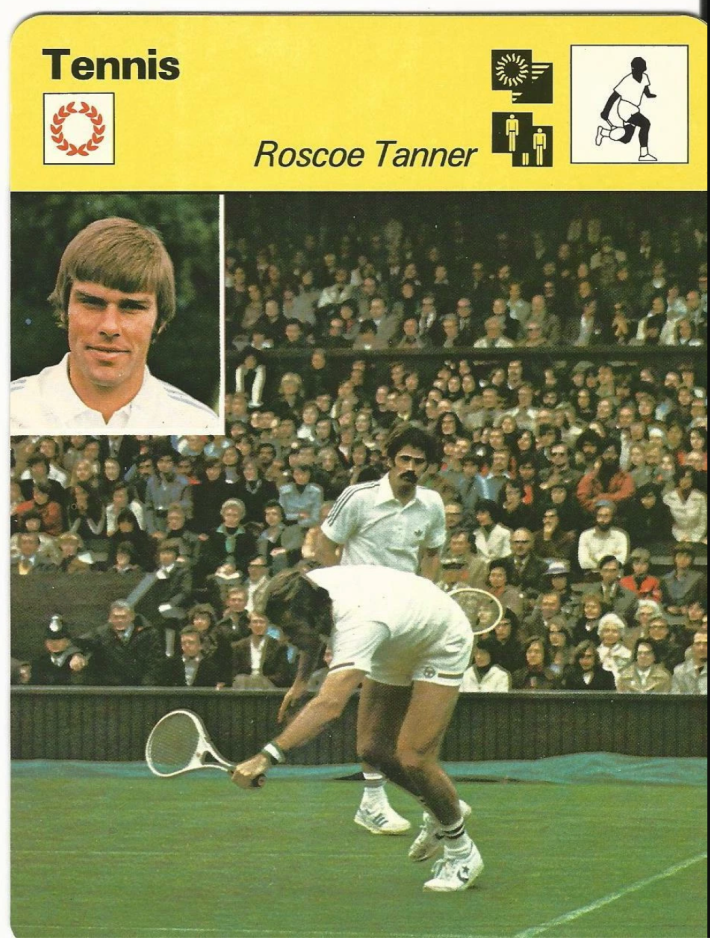
Racquet: What do you miss about life on the tour?
RT: We were a little traveling town. We’d play in one town, 32 of us, then the same guys would move to the next tournament. I miss the camaraderie with all those guys. I miss being around them and having the friendships. I miss playing the matches, really. You’d win some, you’d lose some. Pros now are just worried about majors; we used to live or die on how many matches we won, no matter which tournament.
Racquet: Do you still play?
RT: I do, but not enough. I realize I can’t do what I used to do; it is nice to hit some good shots, but you have to be realistic. I’m still serving over 100 mph, so maybe there’s something there. Nowadays it’s just a matter of who’s going to endure the cramps long enough to win.
Racquet: What about joining the Champions Tour? We’d all like to see that.
RT: When I first retired, I played on Jimmy Connor’s champions tour. He wanted to create something where we could all keep playing. There were 12 players, all big names. Then Jimmy wanted to expand it, so he brought in guys who weren’t household names, but they were in tremendous condition. They just crushed us; that’s when I left. Courier’s doing it now, and it’s great. Maybe one of these days…
Racquet: In the movie of your life, who should play you?
RT: This is all just ego, of course, but I was a double for Robert Wagner once in Heart to Heart, where he was supposed to be playing tennis. I watch a lot of NCIS, so I’d also like the actor who plays DiNozzo [Michael Weatherly] to play me.
Racquet: In Second Serve you write a lot about your checkered past, and the ways you’ve moved beyond it. What’s life like now?
RT: One of the best things about my life is that I get to help people now. And to witness the success of my daughters, and my four grandkids. I have a daughter who’s playing tennis really well right now. She’s a sophomore at Valparaiso, a lefty with a big slice serve. It’s wonderful to watch her as she progresses.
Racquet: Which was smaller, your racquet head or the Sergio Tacchini shorts you wore?
RT: Ha! Definitely the Tacchini shorts! Some of the brands, like Boast, were a little baggier, but the Italian shorts were always tight!
We at Racquet would like to declare here and now that we’re in favor of Roscoe Tanner’s return to the Champions Tour, ideally clad in teeny tiny shorts.
